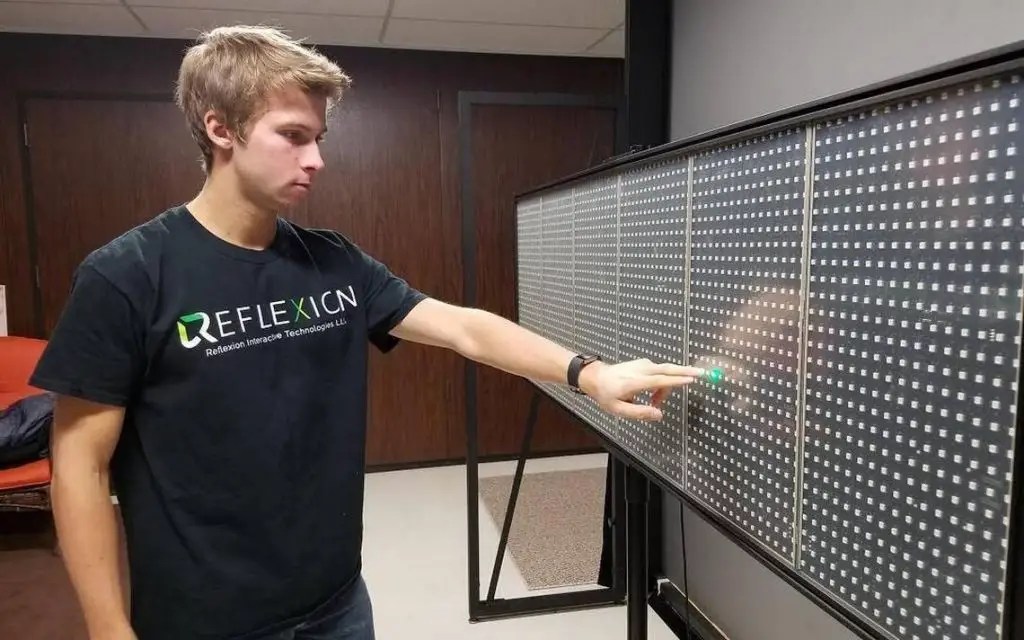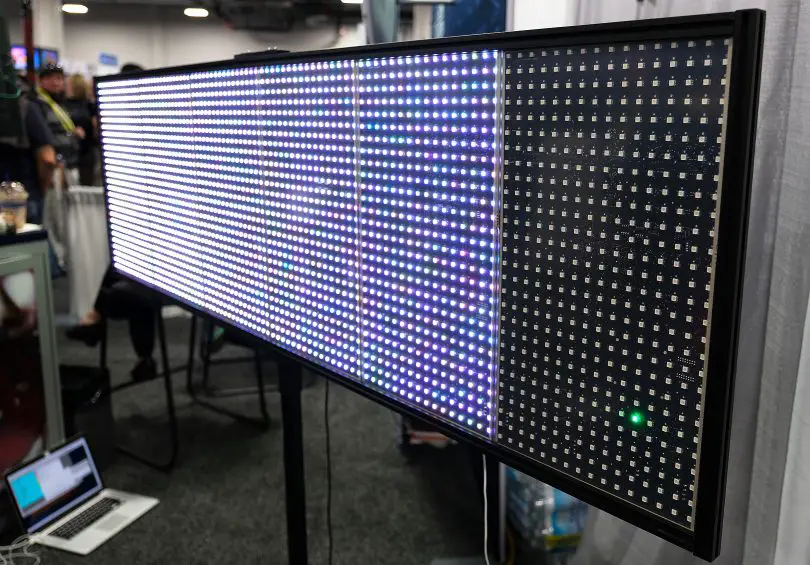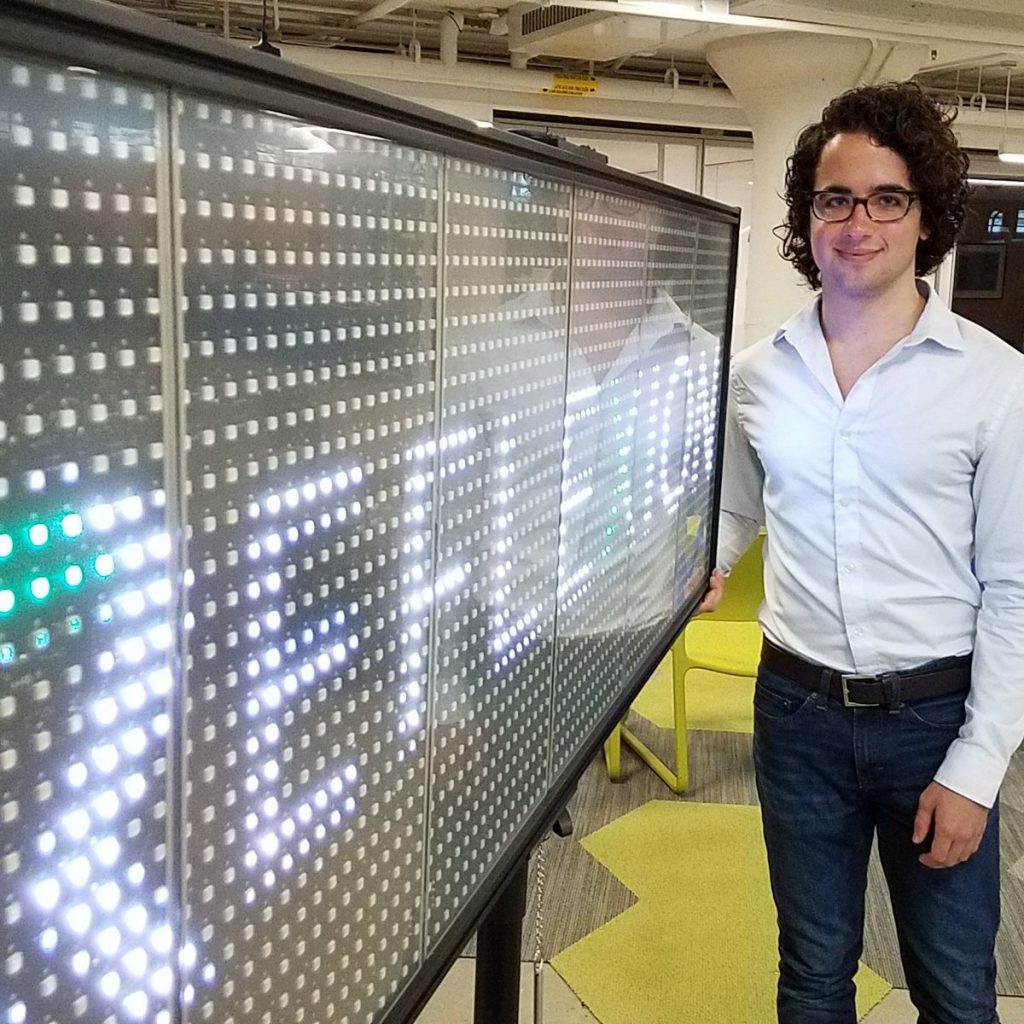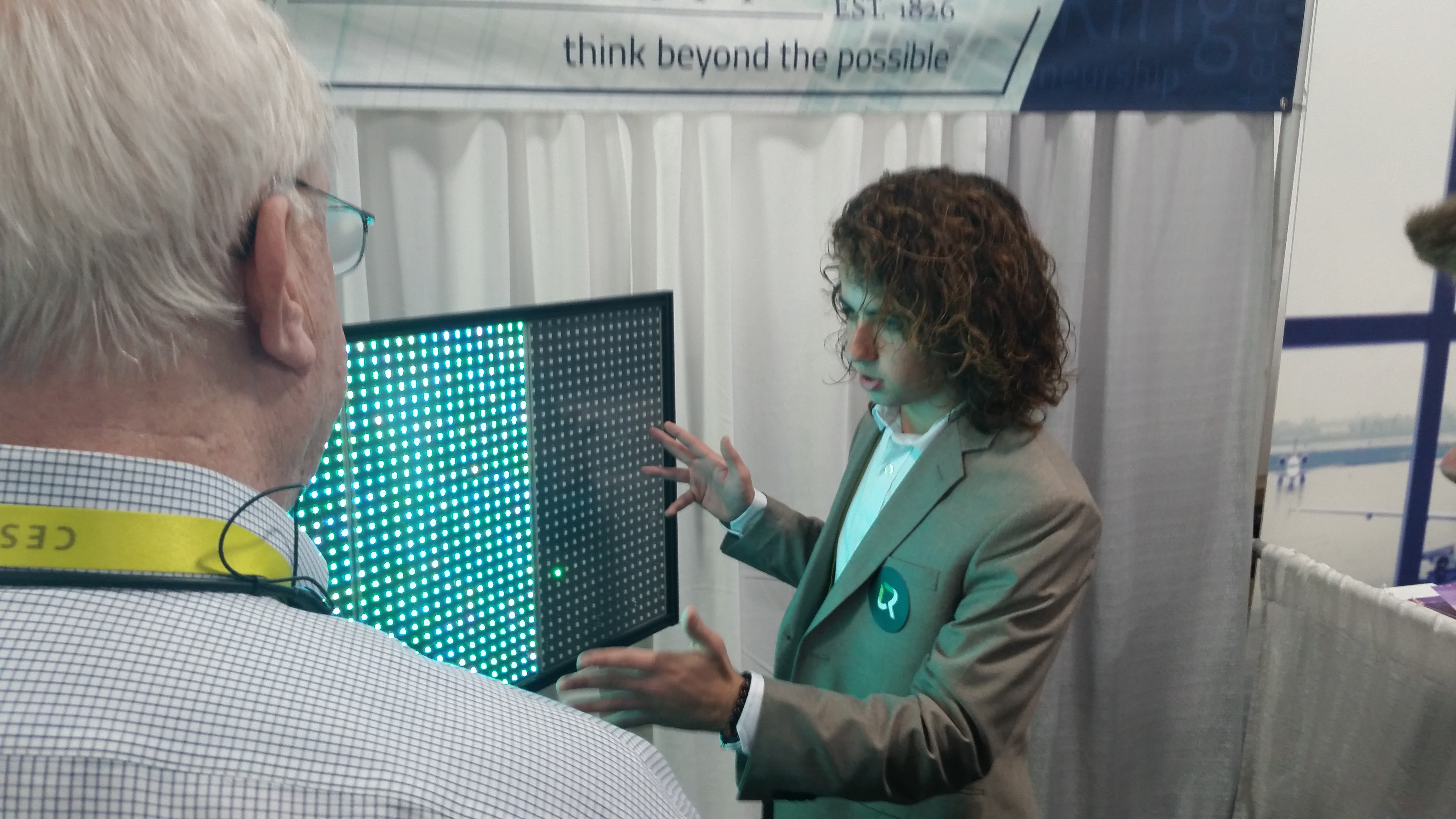It was after a high school hockey game that Matthew Campagna, an rising junior at Case Western Reserve University, first identified a major issue in treating head injuries—there was no quick, cheap and easy way to test athletes for concussions following major blows to the head.
In the world of athletics, the constant threat of concussions has grown into a serious concern, in particular with regard to contact-heavy sports such as football and hockey. Despite heightened awareness regarding the dangers of concussions and the increased use of protective gear, serious head injuries continue to occur on a regular basis. According to the Brain Injury Research Institute, “an estimated 1.6-3.8 million sports and recreation related concussions occur in the United States each year.”
Perhaps the scariest part is that, unlike physical injuries, a concussion is invisible to the naked eye. In order to be diagnosed, testing is required and, given that an untreated concussion can worsen, early detection is crucial.
Understanding the Problem
The consequences of this lack of technology became personal for Campagna when his friend and future co-founder, Matt Rhoda, slid head-first into the boards during a hockey game. Instead of being tested in any official capacity, Rhoda was taken out of the game only temporarily to be asked three simple questions by his coach: “Where are you?” “What year is it?” and “Who is the president?” After being able to correctly answer these questions, Rhoda was deemed fit to play and reentered the game.

He was soon hit again and ended up sustaining a concussion so severe that he missed the last month of the school year and took yet another month to fully recover. “The incident, combined with a physical education teacher at our school telling us about how the tests that our school was using were very inferior to what’s out there inspired us to take action,” says Campagna.
When looking into the existing technology for testing a concussion, Campagna and his friends discovered that the reason it was not being widely implemented was because it cost around $18,000. For small sports programs and most schools, using such expensive technology is not feasible. On top of that, it wasn’t entirely practical—it was too slow and took up too much space to be able to test athletes on the spot.
“We started talking with a lot of athletic directors, trainers and coaches and learned there was a much larger need for speed and portability,” says Campagna, “so the concussions could be caught when they happen without requiring a coach to suspect it first.” In other words, in order for concussion testing to be more comprehensive, it first had to be easier to use.
Together with his friends Rhoda and Patrick Walsh, Campagna came up with the idea for a device that, in addition to being efficient and transportable, would also be cheap enough for schools to use. Students could be tested for concussions on the spot, ensuring that they would not worsen the injury and would know when it was necessary to seek care. This was the beginning of Reflexion Interactive Technologies LLC, of which Campagna is now CEO.
Introducing Comprehensive Concussion Testing
From a young age, technology has been an area that fascinated Campagna. Both in his studies as a Computer Engineering major and in working with Reflexion, he has kept this interest alive. Reflexion has developed technology that is innovative most notably in its accessibility and speed. Campagna describes the technology as a two-by-six-foot touch-screen TV that is portable and can be kept on the sidelines during games; plus, when not in use, the machine can be collapsed like an accordion, which ensures maximum portability.

It uses light patterns to test different cognitions, including balance, depth perception, complex reaction time and memory, all areas that can be affected when an athlete sustains a concussion. Compared to other tests that can take upwards of thirty minutes, Campagna’s invention takes only thirty seconds to complete the test. This is a major benefit when it comes to concussion testing. “Because it’s fast, we can take a lot more data and catch the mild concussions when they occur,” Campagna explains.
For this reason, Reflexion is useful not only in cases where athletes likely have a concussion, but can also be used to test for mild concussions that otherwise would have gone undetected. Typically, concussions are tested only when an athlete’s coach has reason to believe that an athlete has sustained a head injury.
The speed with which Reflexion’s technology can accurately take data, however, means that all athletes can be tested to ensure that no minor concussions are overlooked. Because it’s so quick to use, it’s realistic for an entire team to be tested. Not only does the technology provide a practical and accurate way to test for concussions in cases where they are suspected; it also ensures that no one leaves not knowing if they have one. “It’s key to have it there on the sideline ready to go, whether it’s during or after the game,” Campagna says.
The Future of Reflexion Interactive Technologies
So far, the technology has been implemented at Penn State and is on the way to being used in other schools. Moving forward, Campagna hopes to make the technology work on a smaller scale. “Key next steps for us,” he says, “are to use this in smaller organizations, i.e. high schools, that don’t have the resources that a state D1 university like Penn State has.”
Along the same lines, they’re working on their business model in the hope of ensuring maximum affordability. The team is also continuing their research with the Penn State Center for Sports Concussion Research and Service under the direction of Dr. Slobounov, the director of the Virtual Reality/Traumatic Brain Injury research laboratory. While Campagna admits that his team doesn’t have the right answer right now, he’s planning to continue working to make sports safer for all athletes.

According to Campagna, the greatest difficulty involved in being a student innovator is simply being taken seriously—especially in light of finding investors. He explains that one of the greatest challenges in starting Reflexion Interactive Technologies was convincing people, as a college student, that his business was real.
Now, after having overcome this hurdle, Campagna is taking the opportunity to give back to his community of young entrepreneurs. He participates in CWRU LaunchNET, an organization that helps Case Western students and alumni develop their ideas. They also aid younger students, including middle school and high school students. Campagna feels especially driven to help younger students due to all of the aid that he himself received when his ideas were just forming. “It’s fun to give back, because I certainly received so much help,” he says.
The connections that he has made throughout the process, he believes, have made it all worthwhile. “You start something you care about,” he says, “and seeing other people jump on board and feel the same way makes it a really cool experience.”

















